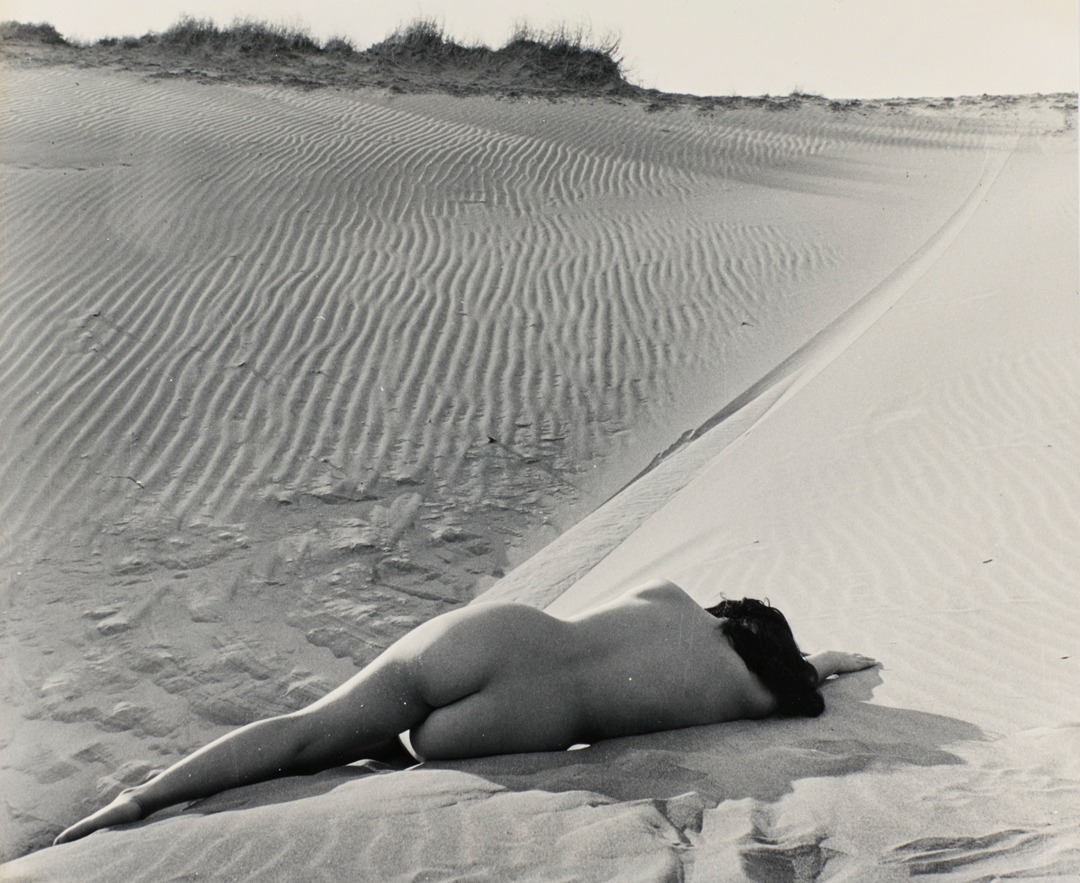Yoshiyuki Iwase
was born in 1904 in Onjuku, a fishing village east of Tokyo. He studied law in Meiji University in Tokyo. While he was the heir to his family’s sake distillery, he found his inspiration in documenting the traditional life of the people living on the Pacific side of Chiba peninsula. (just West of Tokyo Bay)
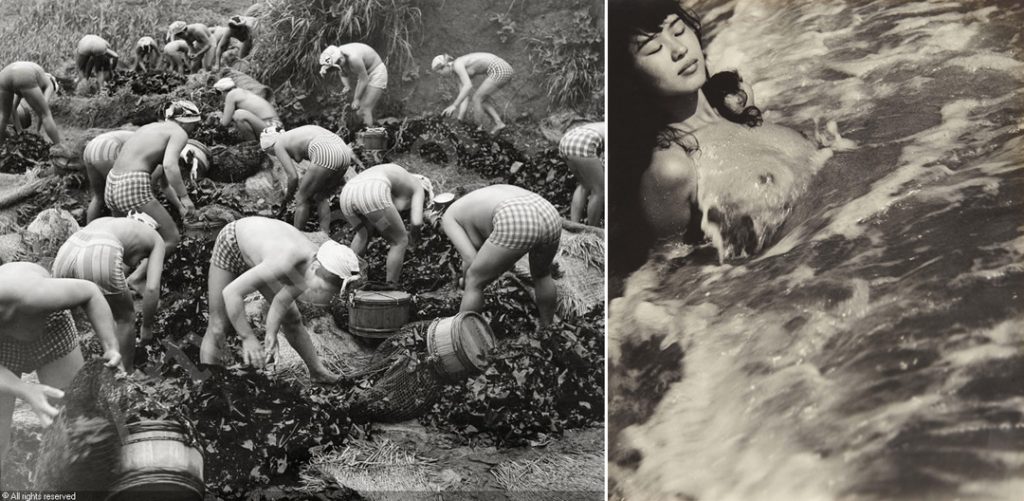
A Passion Born
As a young man, he received a Kodak camera as a gift, and soon after found his passion for primitive beauty of ama and the girls and women who harvested abalone and seaweed by free diving when the tides were favorable and the water temperature was bearable. The ama who continued this ancient tradition of diving became his photographic muses. Yoshiyuki Iwase’s amazing photographs remain as the final and most comprehensive visual proofs and records of the life of those ama divers.
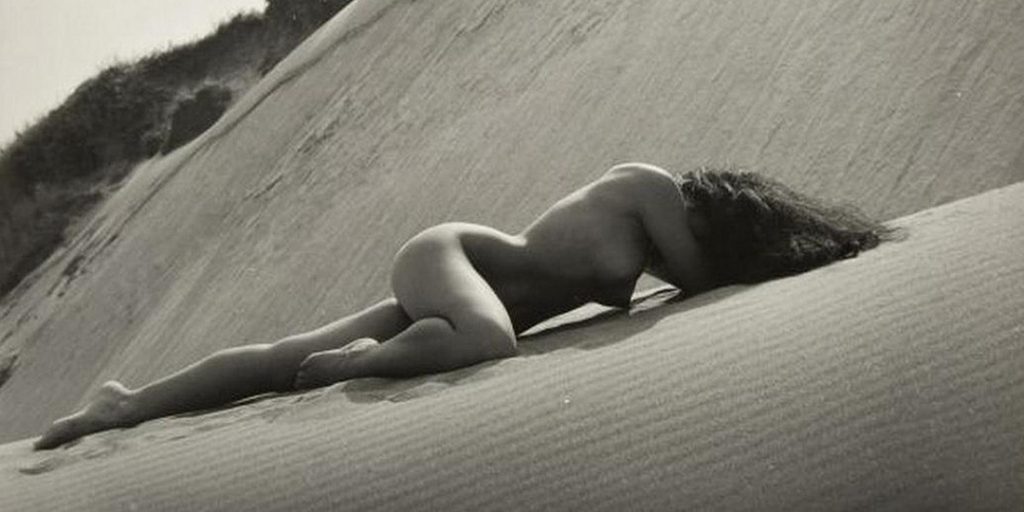
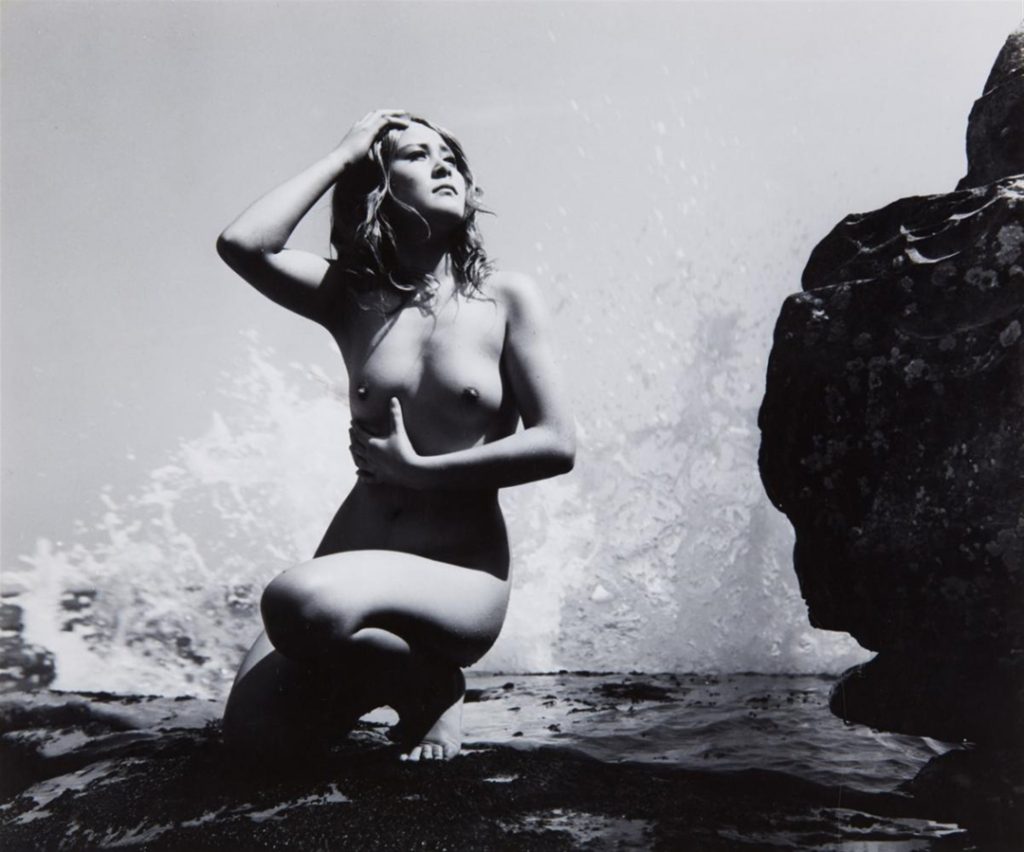
As his love for photography expanded, his collection of cameras expanded, too. It included a Rolleicord and a Zeiss ikon Super Six, among some other very esoteric cameras. He photographed both the fishermen and the female divers. He had a series of exceptional modernist nudes and he also documented traditional culture in what was a post-war Japan. Remember, this was the 1950’s. So, what might appear mundane today was quite progressive in it’s day. Also, documenting this fading Japanese lifestyle made him more equivalent to a Japanese Smithsonian photographer.
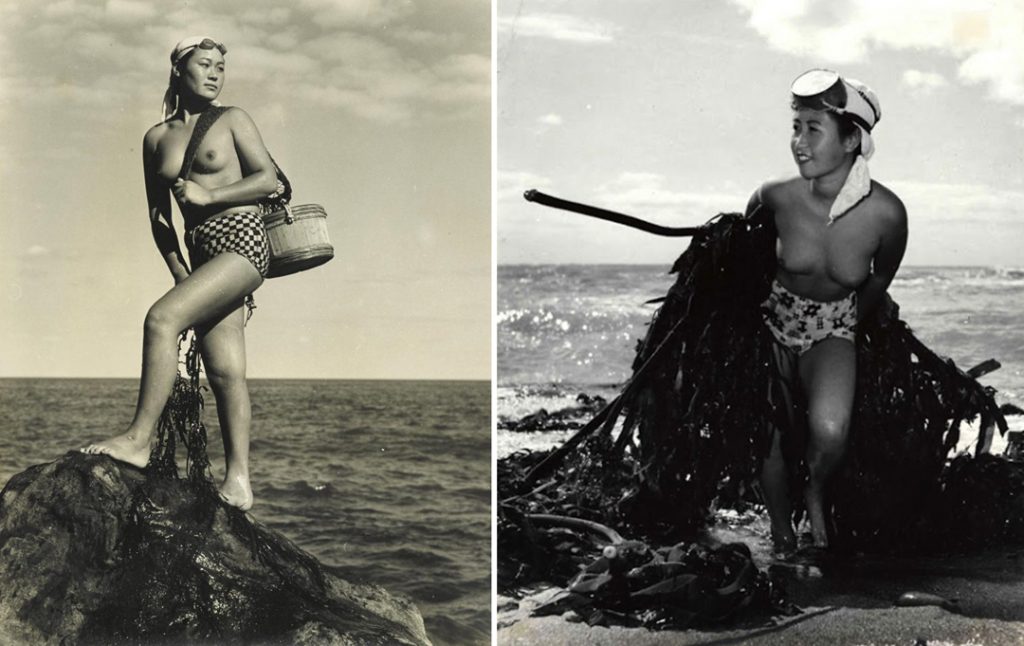

A Lifestyle Gone, But Remembered
He had many solo exhibitions in Tokyo and elsewhere in his native country. His advancements in the field of photography earned him many awards. His photographs are held in collections in both Tokyo and Onjuku historical museums. While he passed away in 2001 at the age of 97, he left a lasting legacy of ancient Japanese culture.
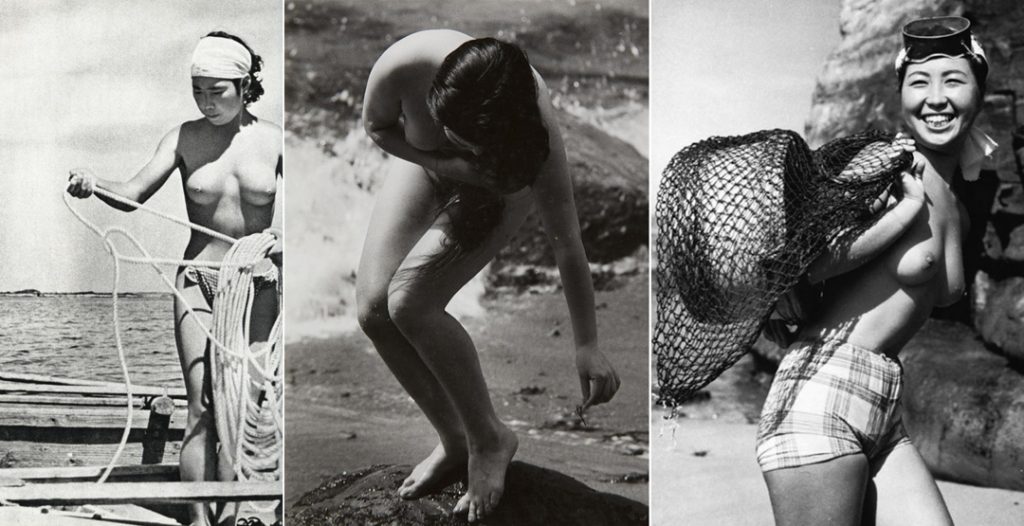
His book, “Ama Photo Book”, available on the internet and some book stores, is an over sized testament to the beauty of his mid 20th century work. See more of his work at the Artnet link below. And if you’re fortunate enough to stumble upon a Iwase print,….buy it if you can!
Artnet

